How the Singapore navy practises racing against time to save crew members in a distressed submarine
Exercise Pacific Reach 2025, hosted by the Republic of Singapore Navy, is the largest submarine escape and rescue drill the country has participated in.
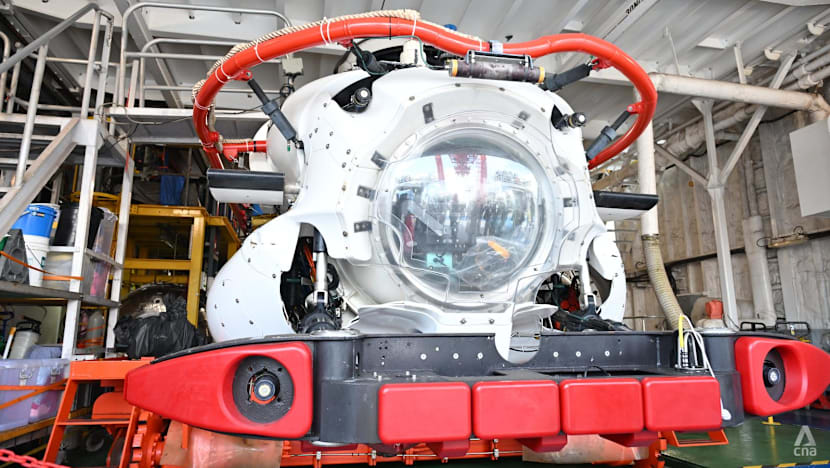
The Deep Search and Rescue Six (DSAR 6) submarine onboard the Swift Rescue vessel as part of a mass evacuation exercise hosted by the Republic of Singapore Navy, on Sep 18, 2025, Singapore. (Photo: CNA/Raydza Rahman)

This audio is generated by an AI tool.
SINGAPORE: Out in the open sea, 10 individuals decked in bright, orange-coloured suits lay afloat and bobbing as they waited for help to come their way.
They had just "escaped" from their distressed submarine, a situation where an on-board emergency such as a leak or fire makes the vessel incapable of navigating the waters or surfacing.
Soon, a similarly coloured fast craft sped towards them, and rescuers pulled the submariners up one by one. The boat then took off towards a larger submarine support rescue vessel, Singapore's MV Swift Rescue.
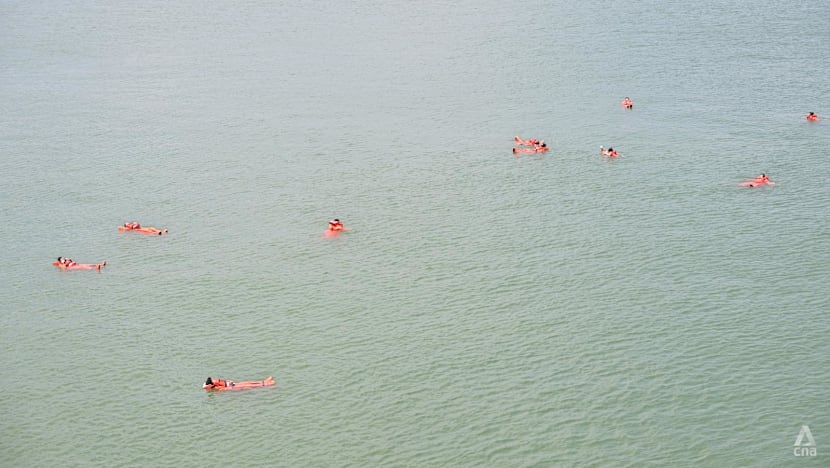
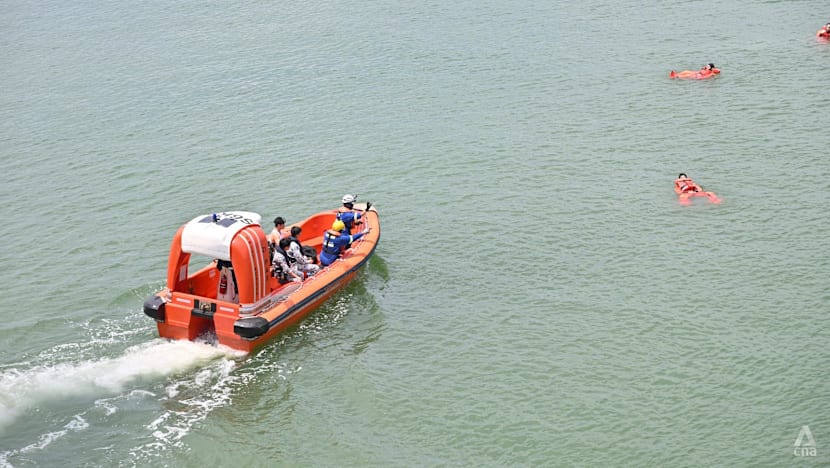
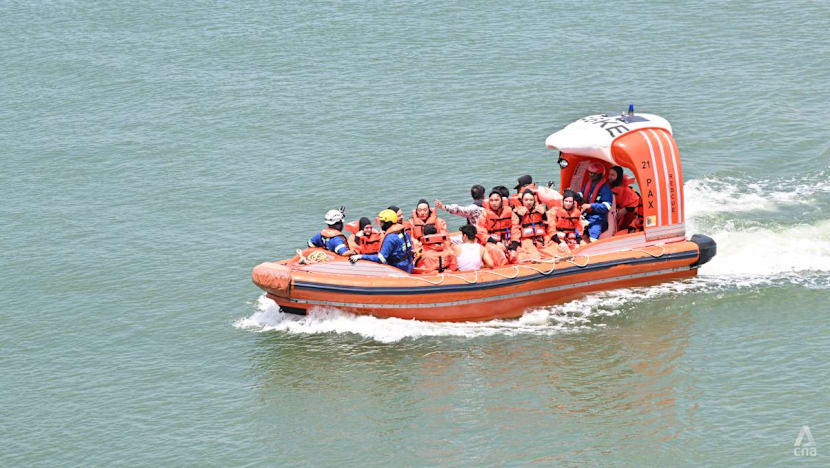
On board the MV Swift Rescue, members of the media got a first-hand look at the rest of the rescue operation earlier this September.
It resembled a busy hospital scene, with medical personnel from the Singapore navy attending to "casualties", including one with a glass shard piercing his arm.
Some were transferred to a room with resuscitation bays or high dependency wards for emergency treatment.
Every few minutes, there were calls of incoming casualties and the medical team moved swiftly to attend to newcomers.
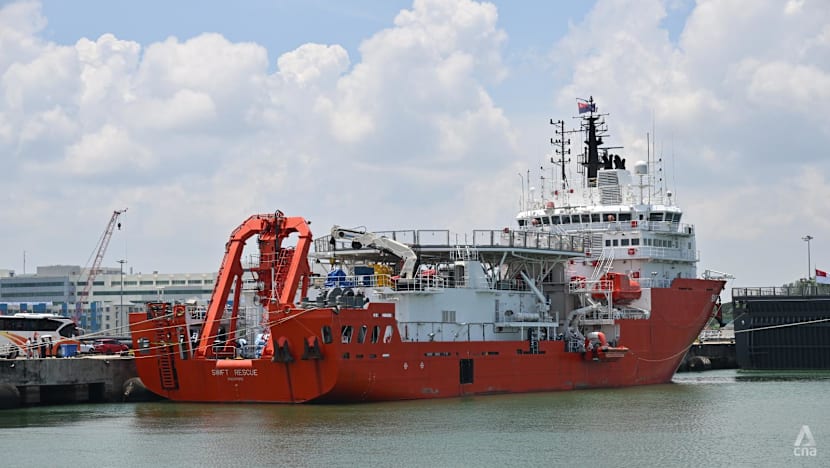
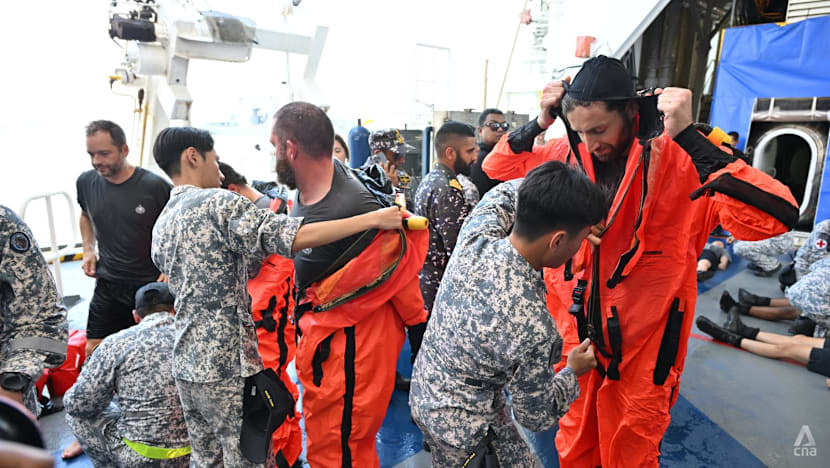
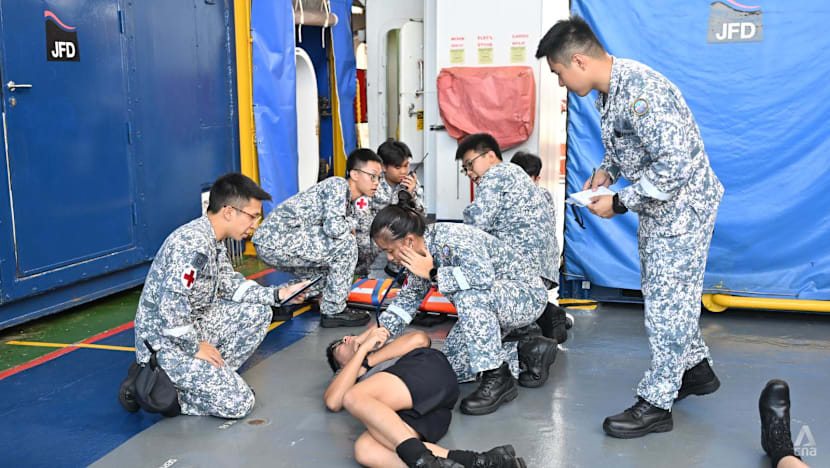
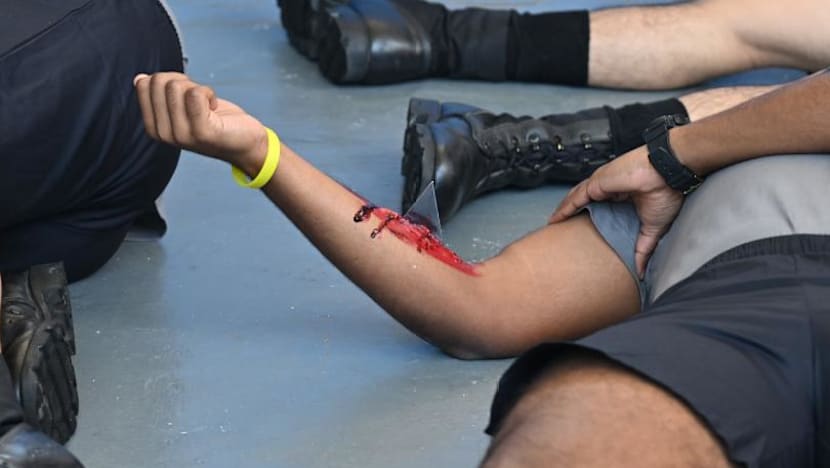
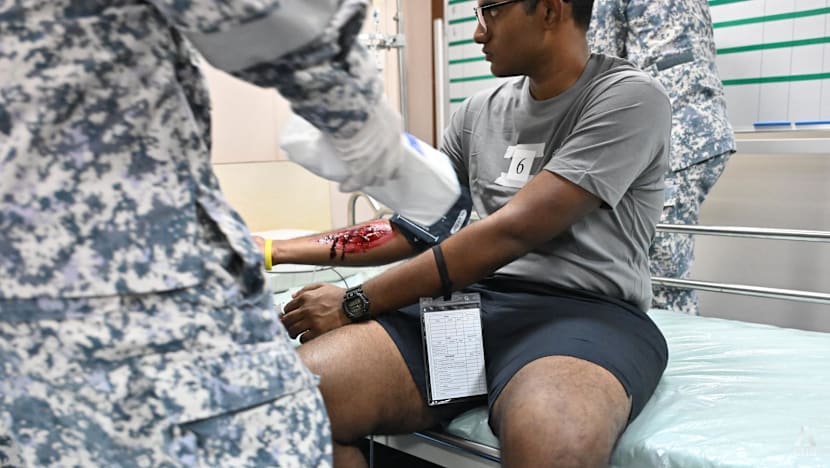
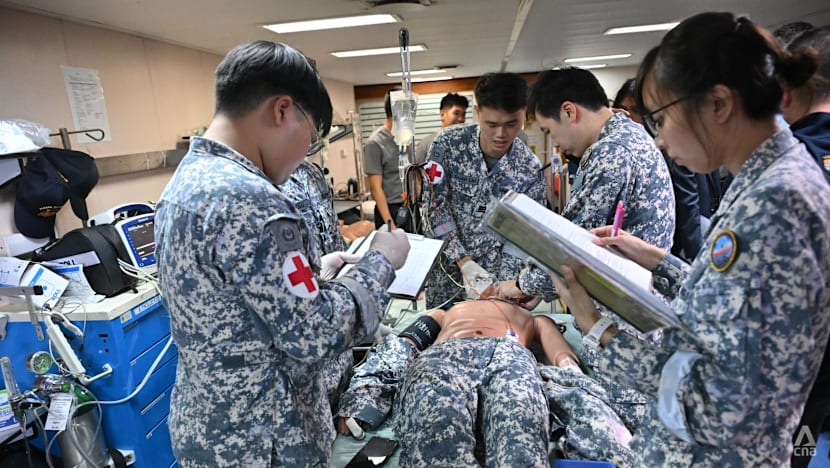
Some patients were also brought to a recompression chamber complex for hyperbaric treatment of conditions brought about by being deep underwater. This involves breathing in 100 per cent pure oxygen in the specialised chamber with elevated air pressure, which can hold up to 40 people.
LARGEST EXERCISE
This process from rescue to medical treatment of submariners was part of a mass evacuation drill conducted during Exercise Pacific Reach 2025.
Held from Sep 15 to Sep 29, this ninth edition is the largest submarine escape and rescue exercise to date, in terms of assets; and the largest Singapore has participated in, the Ministry of Defence (MINDEF) said on Monday (Sep 22).
Three submarines, including the Republic of Singapore Navy's (RSN) RSS Invincible, and four submarine rescue motherships - among them the MV Swift Rescue - featured in the triennial, multinational exercise.
Seventeen countries are involved, including China, India, Japan, Malaysia and South Korea; with around 600 people participating.

This year's exercise is hosted by the RSN, its third time after 2000 and 2010.
RACE AGAINST TIME
Exercise Pacific Reach has two phases: shore and sea. The shore phase comprises the mass evacuation exercise, a national submarine rescue system conference and a medical symposium, where each country presents its medical capabilities for submarine escape and rescue.
The sea phase involves elements such as remotely operated vehicle operations and a coordinated, multi-asset submarine rescue exercise including foreign navies - the first time this is being done in Exercise Pacific Reach.
Such exercises are important for building trust, improving interoperability and providing an opportunity for cooperation between neighbouring countries, said deputy exercise director Colonel Fong Chi Onn.
"In a real DISSUB (distressed submarine) situation, it is a race against time. We need to bring assets to bear as soon as possible," he said. "Even though the RSN has very capable submarine rescue capabilities, sometimes there might be a need to call upon a friend to provide assistance."
The medical exercise planner and conducting officer for the mass evacuation drill, Major Dr Ng Peng, said the exercise familiarises navy medical personnel with different scenarios, protocols and challenges such as the tight environment of a recompression chamber.
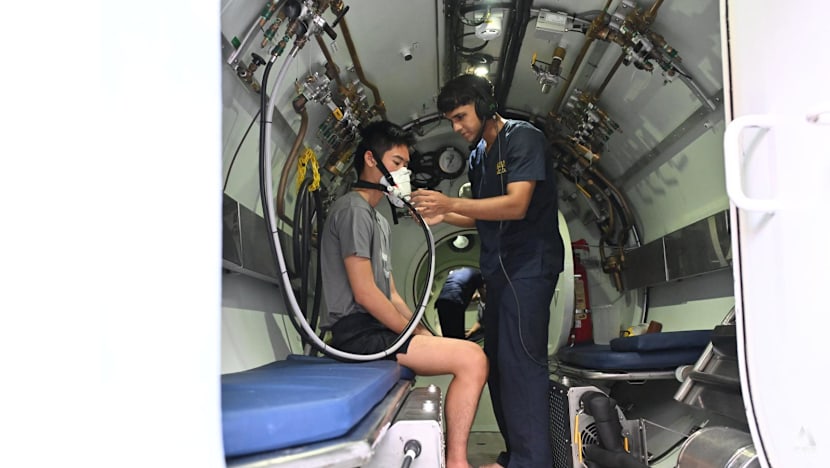
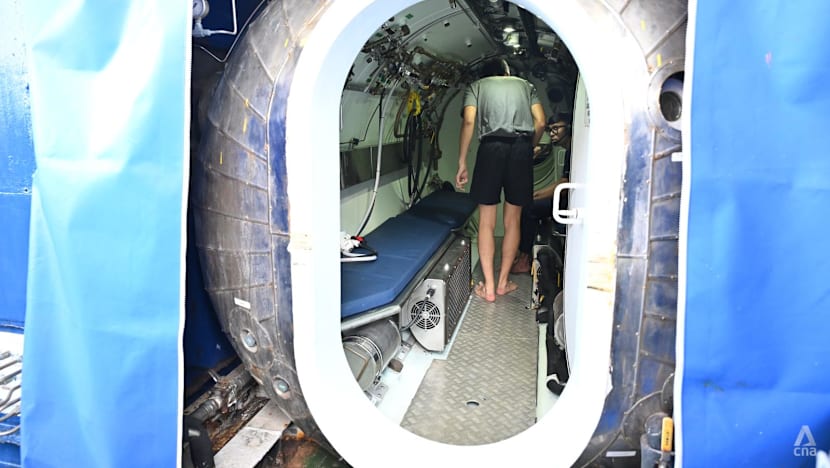
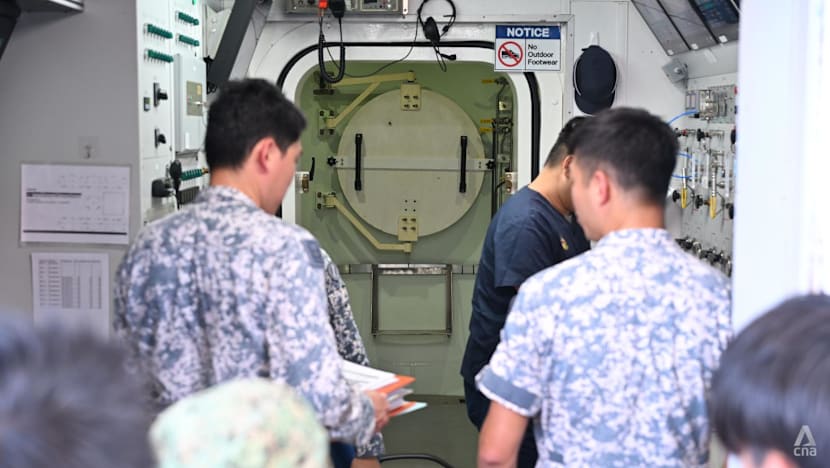
RESCUING OVER ESCAPING
During the mass evacuation exercise, the RSN practices both submarine escape and rescue options.
The former is when the environment in a distressed submarine has deteriorated to a point where it is no longer possible for crew to remain onboard.
Crew members will don their specialised submarine escape immersion equipment suits - the bright coloured ones, also equipped with flotation devices - and exit in a "free ascent", where they float from the seabed up to the surface, COL Fong said.
The rescue option on the other hand takes place when the environment within the submarine remains habitable and the crew can stay onboard.
After locating the submarine's position, the MV Swift Rescue will launch its submersible rescue vehicle, the Deep Search and Rescue Six (DSAR 6). It can go as deep as 500m underwater and accommodate 17 seated individuals.
The vessel is designed to "mate" or attach itself to the submarine, allowing crew to evacuate without being exposed to the environment outside.
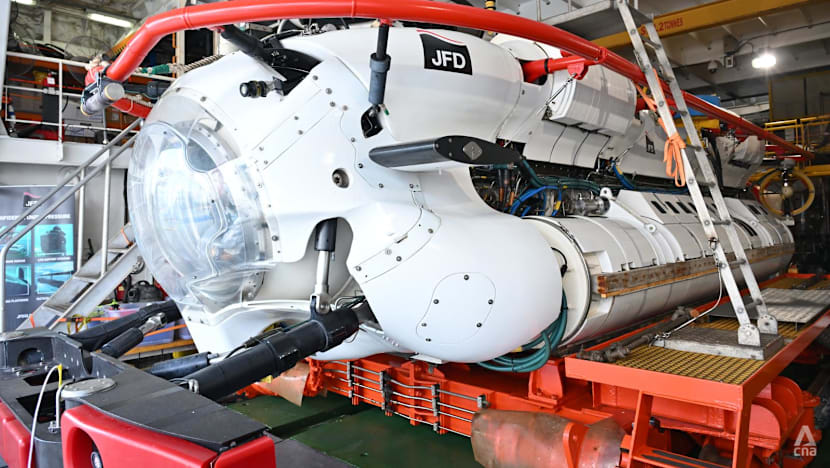
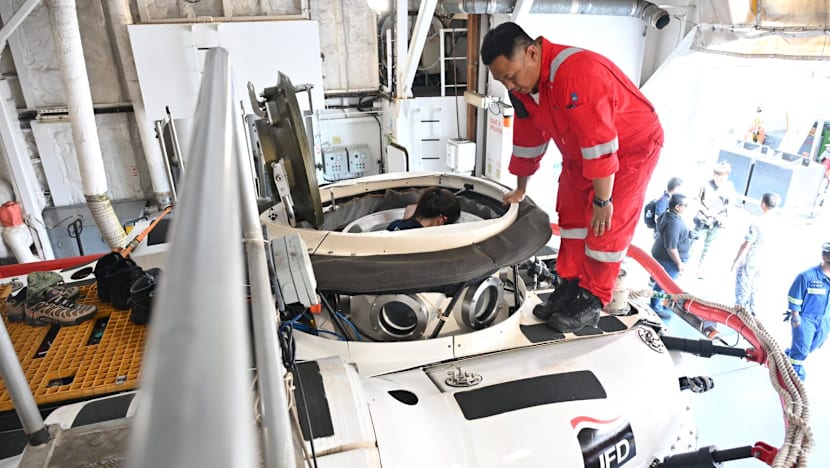
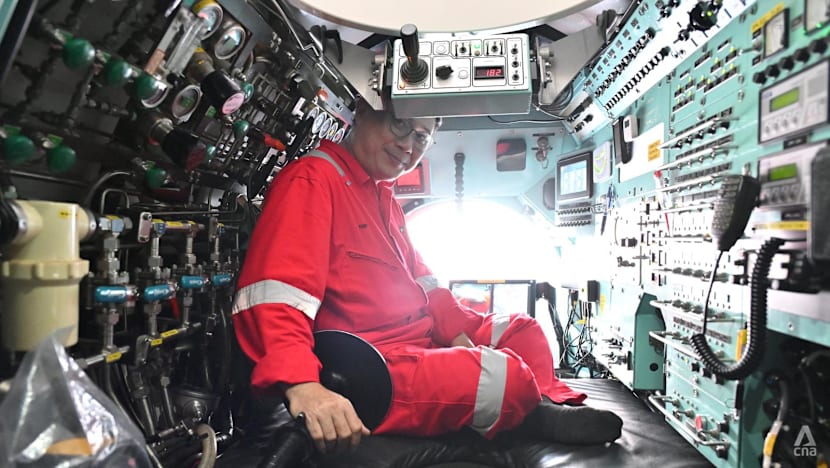
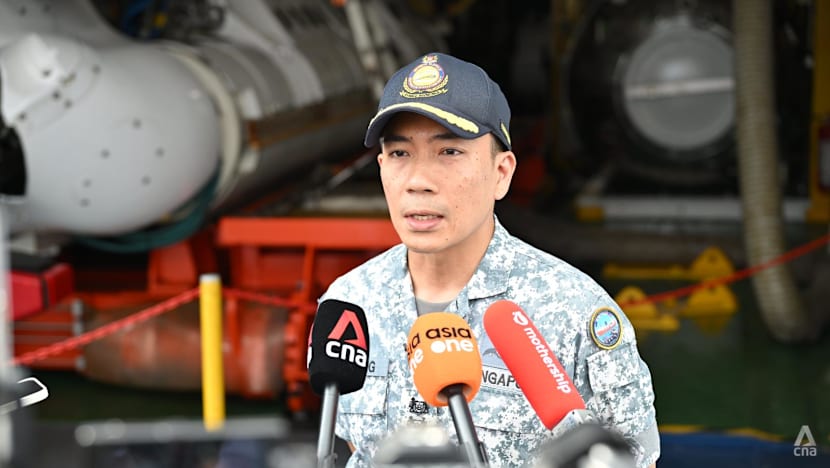
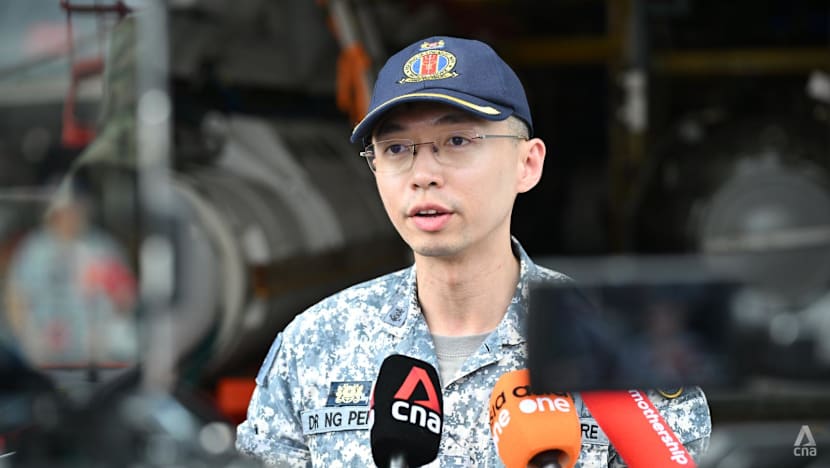
The submarine rescue option is "infinitely more ideal" than escape, said COL Fong.
He shared an analogy of an airplane unable to land, with passengers and crew needing to be evacuated immediately.
"Imagine another small airplane coming to you and transferring to that small airplane and taking you to safety, as opposed to giving everyone a parachute and jumping out of the plane," COL Fong said.
A dedicated rescue vessel like the DSAR 6 can bring the affected submariners up and transfer them to medical facilities in a controlled way.
From a medical standpoint, it also means moving them to a chamber at the same pressure, thus helping to prevent the release of nitrogen bubbles into their blood and reducing the incidence of life-threatening injuries, noted Major Dr Ng.
In response to CNA's queries, the Singapore navy noted that submarine rescue and escape does not include the management of the boat itself.
A separate plan will need to be developed to salvage the abandoned submarine, which requires a different set of capabilities, it added.
FOREIGN NAVIES
Representatives from participating foreign navies who spoke to media had high praise for the RSN-hosted exercise.
Commander Takeuchi Shunkichi from the Japanese navy called it a "precious opportunity" to improve their own capabilities.
The Indian navy's Captain Vikas Gautam said that training at sea with counterparts gives them a chance to align standard operating procedures which can evolve according to international benchmarks.
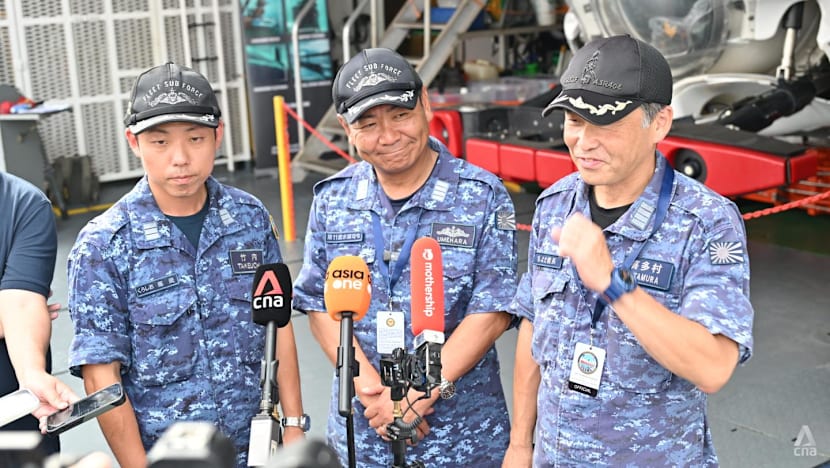
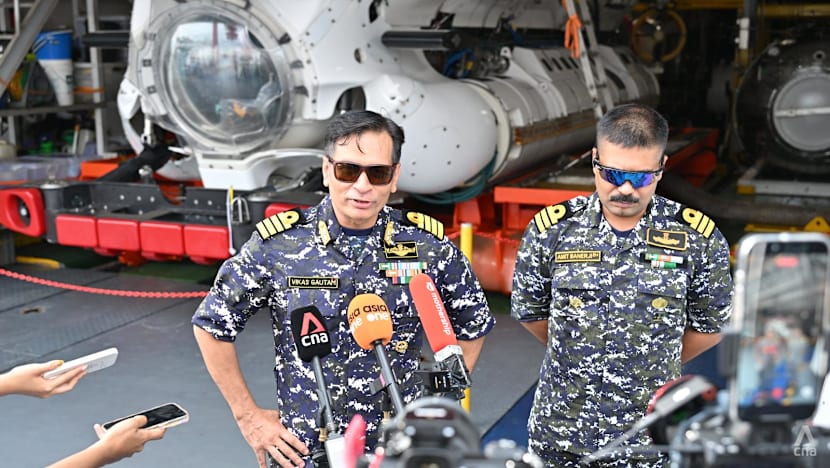
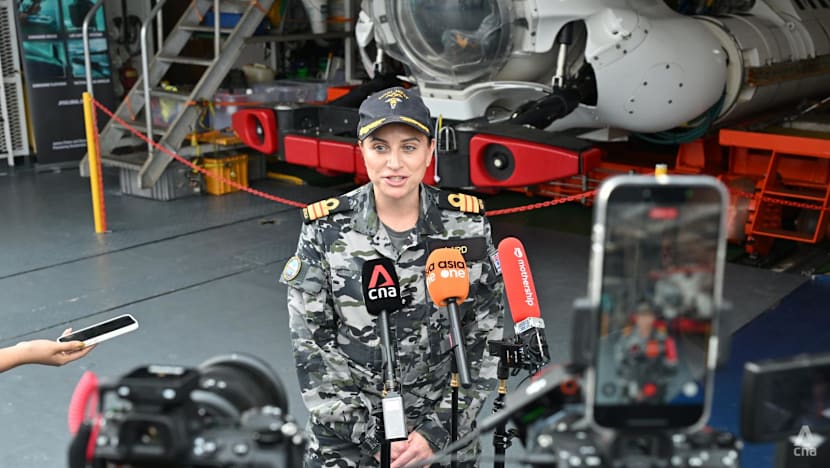
Commander Dr Rhiannon Laird, senior medical adviser for submarine medicine at the Royal Australian Navy, noted that Singapore and Australia had similar systems.
Getting access to see how Singapore does its operations and to learn from each other has been important to the Australian navy, she added.
"So that one day when we actually have to do this, and hopefully that isn't the case anytime soon, we'll get it right and we'll have a successful mission."
















